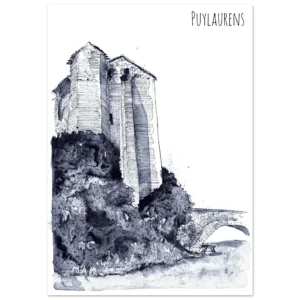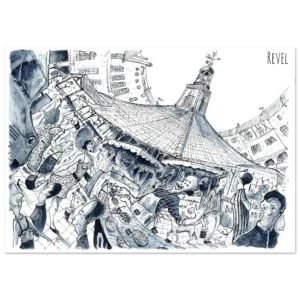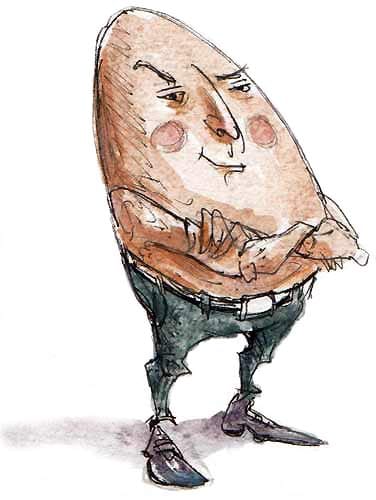How to make walnut stain

A short history of walnut stain
Walnut stain is a natural dye obtained from the green husks of walnuts, particularly the walnut tree. It has long been used to stain wood, leather and textiles, as well as in painting and calligraphy.
Artists such as Rembrandt and Pierre Soulages frequently used it to create their works.
Before you start
The end result of this recipe will be (very) slightly different from the "brou de noix" you can find in the shops. The reason is simple: the walnut stain sold in supermarkets and other DIY stores is in fact cassel extract, which comes from lignite, a fossil sediment of organic origin. Of course, it's cheaper to manufacture in industrial quantities than real walnut stain, and the result is virtually identical, which is why it's sold instead.

Recipe
02h30
Easy
Cheap
IMPORTANT
Walnut stain is very stubborn, so wear appropriate clothing and gloves.
What's more, the saucepan you're going to use will also end up completely soaked in the walnut stain, and you won't be able to use it for cooking.
The best brous de noix are harvested in autumn. It's when they're fully ripe that they give the best results.
Ingredients
- Green or ripe walnut husks (remember that the husk is the envelope that surrounds the walnut).
- Clove essential oil
Utensils

2 containers
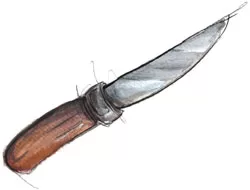
1 knife

1 funnel
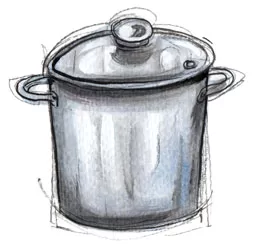
1 pot
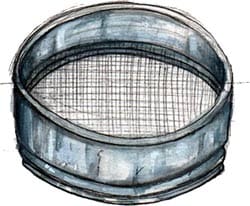
1 fine sieve

1 clean cloth
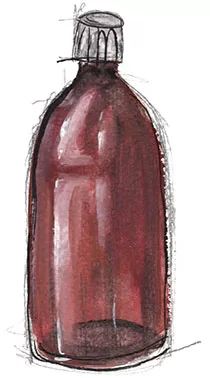
1 opaque bottle
Preparation
Step 1
First of all, use a knife to separate the husks from the nuts themselves, if you've picked them whole.
Step 2
Use the knife to break up the brous into small pieces.
Step 3
Place the pieces of brous in a pot or saucepan.
Step 4
Cover withwater.
Step 5
- Bring the mixture to the boil, then simmer for about two hours.
- Tip: Regularly test the brou during cooking. The more water evaporates, the darker the color of the brou. It's up to you to choose the desired shade by adjusting the cooking time. You can add more water if necessary.
Step 6
Once cooked, allow the mixture to cool to room temperature.
Step 7
Pour into a container, filtering through a fine sieve to remove large residues.
Step 8
Pour the mixture into a new container, filtering a second time through a clean cloth to obtain perfectly clear juice, free of impurities.
Step 9
- Collect the filtered juice and pour into an opaque bottle using a funnel.
- Add three drops of clove oil for better preservation.
Share
And also :

Courses and workshops
During the year, I organize various workshops and courses to learn how to make your own paints.
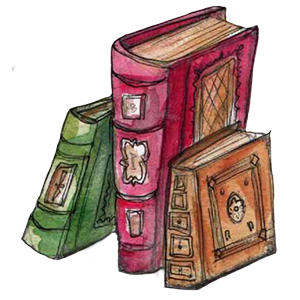
Resources
I've collected websites and books dedicated to making paints, stains, inks and other artistic materials.
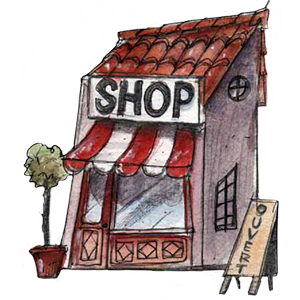
Store
I'm selling some of my creations.
Newsletter
If you sign up, you won't receive any spam from me, just one or two newsletters a month, no more.
- HOME
- ABOUT US
- MY WORKS
- MAKE YOUR OWN PAINTS
- How to make watercolours?
- How to make charcoal easily?
- How to make natural pigments easily?
- How to make dry pastels?
- How do I easily re-tension a canvas?
- How do I make black ink for calligraphy?
- Making lye with wood ash
- Making flour paint
- Making blue pigments with indigo
- Recipe for iron acetate (nail soup)
- Make soda crystals with baking soda.
- Madder lacquer recipe
- Gaude lacquer recipe
- Making gouache
- How to make walnut stain easily?
- How do I make calcium carbonate at home?
- How to make egg paint?
- WORKSHOPS / COURSES
- RESOURCES
- FORUM
- THE SHOP
- CONTACT

